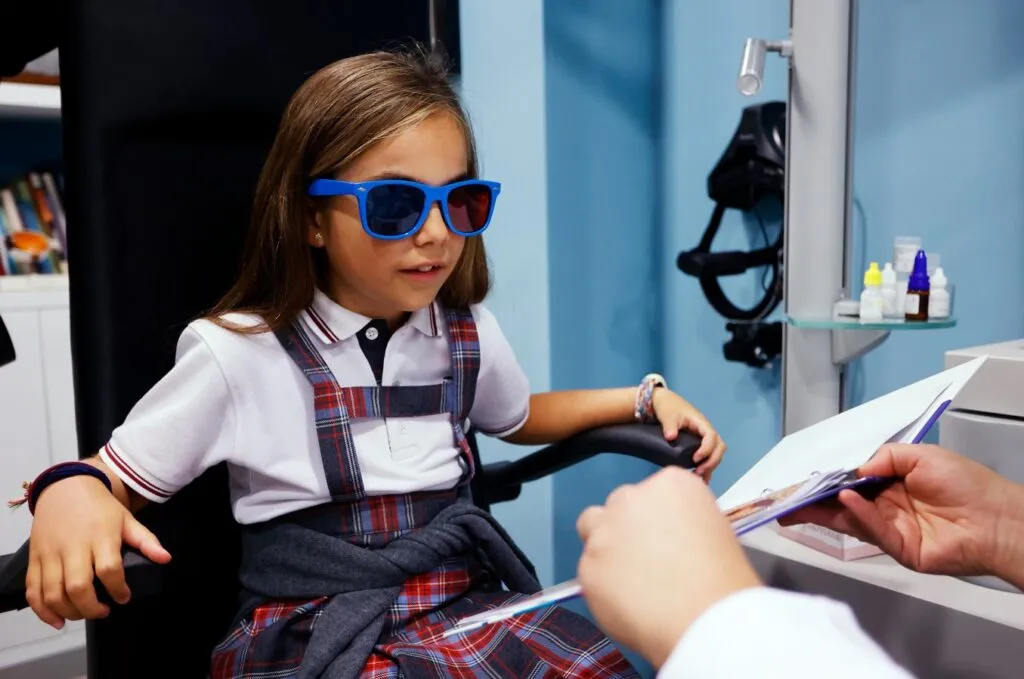
Keys to protecting children’s vision amid the rise of myopia and associated strabismus”
Visual problems in school-age children are soaring: one in four has an undiagnosed condition, and up to 20% of those aged 5 to 7 suffer from myopia
The rise in eye problems during childhood is especially concerning given that around 80% of learning at this stage takes place through vision. Dr. Elena Sandoval, a specialist in pediatric ophthalmology and oculoplastics at Miranza Santander, warns about this trend and stresses the need to pay close attention to early detection and proper follow-up to protect children’s eye health.
“The increase in myopia is particularly significant in children with a family history or in those who develop it at a very young age, even before starting school”, the doctor explains. She also notes a high number of cases of hyperopia and associated strabismus—conditions that can interfere with visual development and, consequently, with a child’s academic performance and quality of life.Most childhood eye diseases can be successfully treated if detected before the ages of 8–10, when the visual system completes its development. For this reason, children from the age of 3 are recommended to undergo annual eye examinations to detect any anomalies as early as possible
Innovative Treatments to Control Myopia
The pediatric ophthalmologist highlights advances in the development of treatments aimed at slowing the progression of myopia in childhood. “We now have peripheral-defocus lenses, both in glasses and contact lenses, which have proven effective in slowing the increase of myopia in children”, she explains.
In addition, a pharmacological treatment has been introduced consisting of the application of an ultra-diluted atropine eye drop—the same substance used to dilate the pupil during eye examinations, but at much lower concentrations to minimize side effects such as excessive pupil dilation or difficulty focusing on near objects. ‘This treatment has been shown to be safe, with minimal side effects, which allows it to be used routinely in children,’ the expert adds.
The combined approach, using specific lenses and eye drops, represents a major breakthrough in the treatment of childhood myopia, offering real hope for slowing a condition that, if left uncontrolled, can increase the risk of serious eye complications in adulthood.
The Importance of Early Detection
Visual development in children is completed at around 8–10 years of age, which is why early detection of any visual problem is essential to ensuring healthy and functional vision. “When a treatment is prescribed—whether glasses, an eye patch, or other therapies—strict follow-up is crucial”, says Dr. Sandoval.
In this regard, the specialist recommends that children undergoing more intensive treatments be examined every three months to prevent the onset of amblyopia (lazy eye) or other visual imbalances that may affect development. In older myopic children, in whom progression is slower, check-ups can be spaced out to six-month intervals.”